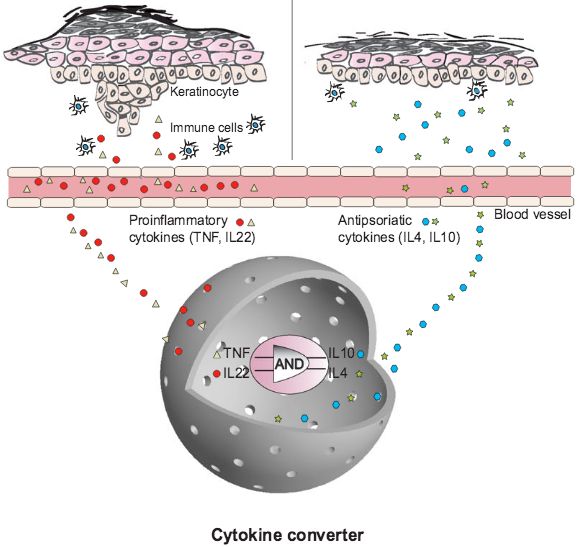Jan 7, 2016
An 18-inch video display you can roll up like a newspaper
Posted by Sean Brazell in category: futurism
(credit: LG)
LG is creating a buzz at CES with its concept demo of the world’s first display that can be rolled up like a newspaper.
LG says they’re aiming for 4K-quality 55-inch screens (the prototype resolution is 1,200 by 810 pixels), BBC reports.

















